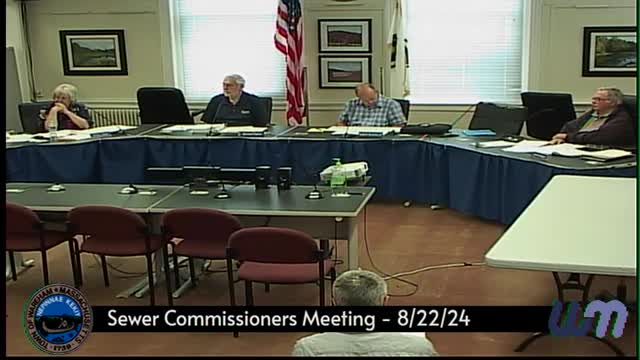Debate ignites over classification of bed and breakfasts
August 23, 2024 | Town of Wareham, Plymouth County, Massachusetts
This article was created by AI summarizing key points discussed. AI makes mistakes, so for full details and context, please refer to the video of the full meeting. Please report any errors so we can fix them. Report an error »

In a recent government meeting, officials engaged in a detailed discussion regarding the classification of properties, particularly the distinction between residential and commercial categories. The conversation centered on how properties like bed and breakfasts and Airbnbs should be categorized for regulatory and billing purposes.
Participants debated whether a bed and breakfast should be classified as a commercial property, given its potential for profit generation, or remain under the residential category due to its dual-use nature. One official argued that since a bed and breakfast may not operate year-round, it should be considered residential, while another countered that any property generating income through rentals should be classified as commercial.
The discussion also referenced Title 5, which outlines how different types of establishments are categorized based on their usage and the expected wastewater output. For instance, the classification of restaurants is based on the number of seats, while hospitals are categorized by the number of beds. This framework was suggested as a model for determining how to classify various residential and commercial properties.
As the meeting progressed, officials acknowledged the complexity of the issue, particularly regarding the need for a clear and consistent classification system that would simplify billing and regulatory processes. They emphasized the importance of using established state guidelines while also considering local needs and practices.
Ultimately, the meeting highlighted the ongoing challenges in categorizing properties in a way that reflects their usage and regulatory requirements, with officials agreeing to further explore the implications of these classifications for local governance and community standards.
Participants debated whether a bed and breakfast should be classified as a commercial property, given its potential for profit generation, or remain under the residential category due to its dual-use nature. One official argued that since a bed and breakfast may not operate year-round, it should be considered residential, while another countered that any property generating income through rentals should be classified as commercial.
The discussion also referenced Title 5, which outlines how different types of establishments are categorized based on their usage and the expected wastewater output. For instance, the classification of restaurants is based on the number of seats, while hospitals are categorized by the number of beds. This framework was suggested as a model for determining how to classify various residential and commercial properties.
As the meeting progressed, officials acknowledged the complexity of the issue, particularly regarding the need for a clear and consistent classification system that would simplify billing and regulatory processes. They emphasized the importance of using established state guidelines while also considering local needs and practices.
Ultimately, the meeting highlighted the ongoing challenges in categorizing properties in a way that reflects their usage and regulatory requirements, with officials agreeing to further explore the implications of these classifications for local governance and community standards.
View full meeting
This article is based on a recent meeting—watch the full video and explore the complete transcript for deeper insights into the discussion.
View full meeting
